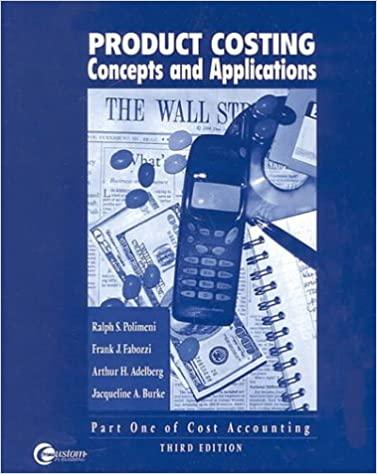Sam and Robert are identical twins. They opened identical businesses and experienced identical transactions. However, they decided to estimate uncollectible accounts in dif- ferent ways. Sam elected to use the percentage of sales method, and Robert elected to use the percentage of receivables method. Listed below are the beginning balances of Cash, Accounts Receivable, and Allowance for Doubtful Accounts [items (a)-(c)], and summary transactions that occurred during the year items (d)-(g)] for both businesses. Remember, both businesses experienced the same events: credit sales, collections of receivables, and write-offs. The only difference between the businesses is the method of estimating uncollectible accounts. Sam Robert (a) Balance of Cash, January 1, 20-- $300,000 (b) Balance of Accounts Receivable, January 1 50,000 (c) Balance of Allowance for Doubtful Accounts, January 1 5,000 (d) Sales on account during 20 - 550,000 (e) Collections on account during 20- 530,000 (f) Uncollectible accounts written off during 20.- 4,500 (g) Collections made on accounts written off during 20-- 500 $300,000 50,000 5,000 550,000 530,000 4,500 500 ots: one for Sam REQUIRED 1. Enter items (a) through (c) in two sets of general ledger accounts: and one for Robert. following accounts and For Sam: 2. Prepare entries in a general journal (page 4) for summary transactions (d) through (g) for Sam. 3. Post the entries to a general ledger for Sam, using the following acco numbers. 101 Cash 122 Accounts Receivable Allowance for Doubtful Accounts 122.1 401 Sales Bad Debt Expense 532 4. Sam estimates that 1% of all sales on account will be uncollectible. Calcula. estimated bad debt expense and make the appropriate adjusting entry in a eral journal. Post the entry to the general ledger accounts on December 31, 20 5. Compute the net realizable value of Sam's accounts receivable on December 31. For Robert: 6. Prepare entries in a general journal (page 4) for summary transactions (d) through (g) for Robert. collectible. Calculate the 7. Post the entries to a general ledger for Robert, using the same accounts and numbers as were used for Sam. 8. Robert bases the estimate of uncollectible accounts on an aging schedule of accounts receivable. Using the following information, compute the estimated uncollectible amounts and make the approprise adjusting entry in a general journal. Post the entry to the general ledger accents on December 31, 20- Customers Invoice Dates and Amoucts for Unpaid Invoices Beets, D. 10/7 $2,300 11/15 $1,200 12/18 $8,500 Cook, L. 6/1 1,200 8/15 2,500 Hylton, D. 9/23 4,300 10/22 Martin, D. 2,500 12/23 2,800 10/15 5,400 Stokes, D. 11/12 3,200 12/15 9/9 1,500 200 12/15 Taylor, T. 11/20 9,500 400 Thomas, O. 12/10 12/2 1,400 5,500 Tower, R. 12/15 2,300 Williams, G. 11/18 2,800 12/8 8,000 estimate the uncollectibles All sales are billed n/30. The following aging chart is used to estimate the uncolla using the percentage of receivables method: Age Interval Estimated Percent Uncollectible Not yet due 1-30 days 31-60 days 10 61-90 days 91-120 days Over 120 days 80 9. Compute the net realizable value of Robert's accounts receivable on De 31, 20- 50








